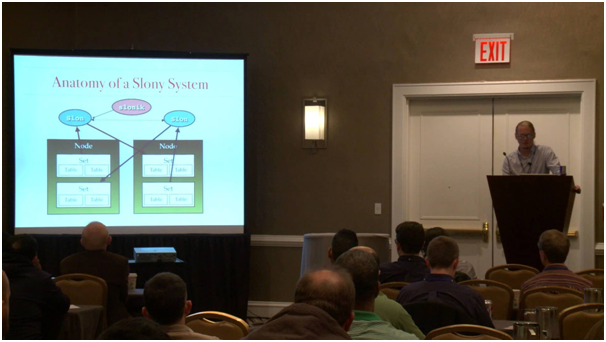Deciding which software is the best for your business is not an easy task. While many back-office systems will cover most of an IFA’s requirements, there’s no one-size-fits-all solution.

That means if they want to fine-tune what they need for their individual businesses, IFAs are faced with the prospect of choosing more than one solution.
Mix and Match
IFAs all share the same basic needs, such as aligning their business practice to FCA requirements and providing advice that is tailored to the client’s risk profile and time horizon. But from there, their requirements begin to differ, which can be due to the types of products they specialise in, their client base, the size of their business and the way their offices work.
A good example is Bradbury Hamilton, which uses at least six different types of IFA back office software, including intelliflo.com, Planwithvoyant, O&Msystems and more. Sheriar Bradbury, their managing director, highlights the fact that each software package has different strengths and weaknesses. They leverage the individual strengths of each solution to cover their business requirements, switching from one to the other to optimise the service they can provide on things such as fund comparisons, venture capital trusts or pension switching.
Time and Money Savings
While buying and setting up multiple back-office solutions might seem costly and time-consuming in the short term, the long term gains are worth it. The automation of day-to-day back-office administration and the streamlining of processes can free up valuable time for creating more business. Not only that, but the creation of virtual working environments helps reduce costs linked to office space.
However, Ian Lowes of Lowes Financial Management says that while the technology that is available today has transformed the way IFAs conduct their business, there is still some way to go. Systems that can support truly holistic financial advice are yet to be developed. They would certainly serve to provide even further savings while allowing the IFA to provide a top-notch service for their clients.
Until such a system appears, IFAs will continue to use multiple packages to achieve their business goals, and to get the best value from the technology that is currently on offer. With the rate at which the sophistication of software continues to improve, one would hope that they won’t have too long to wait.